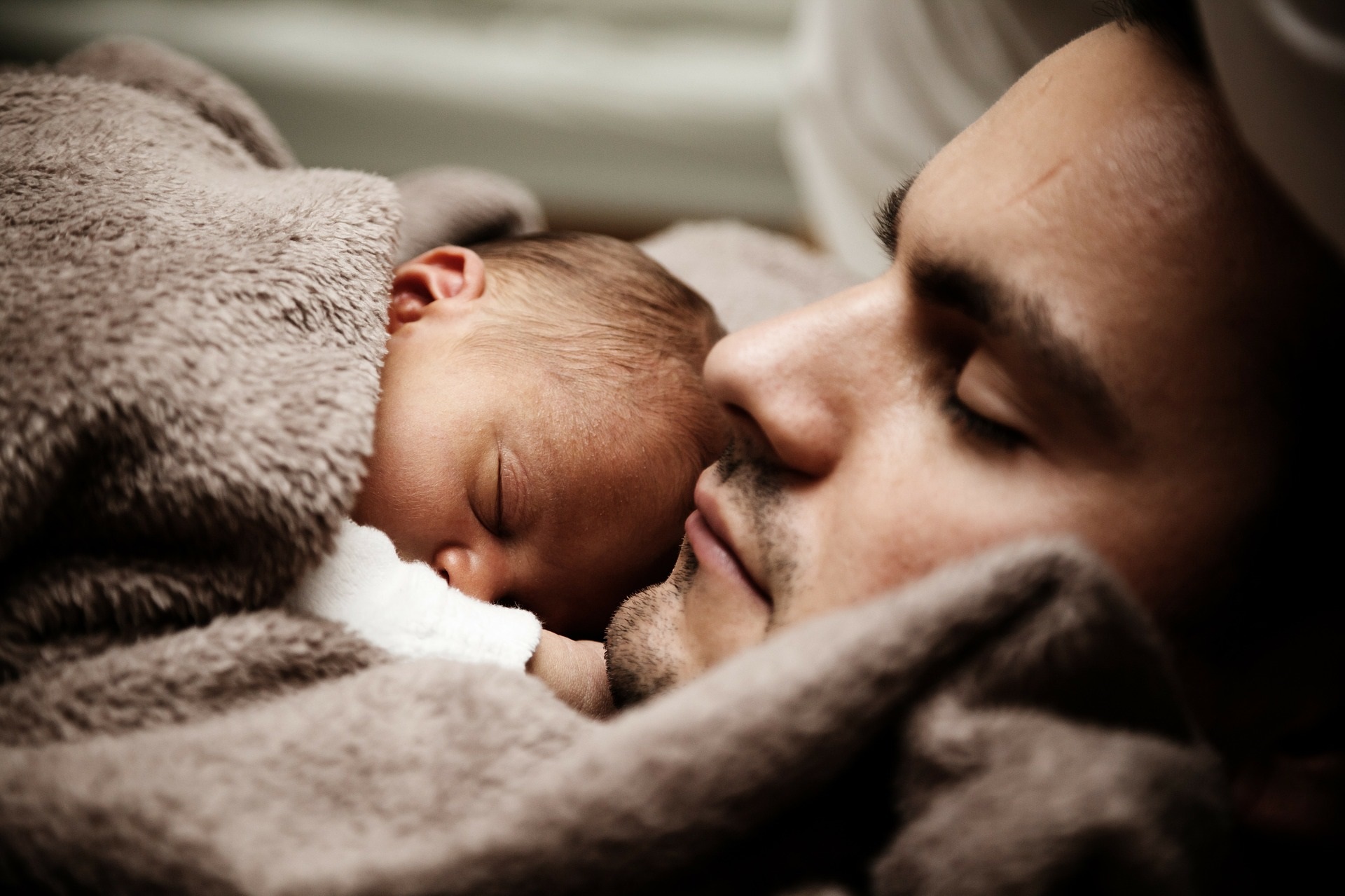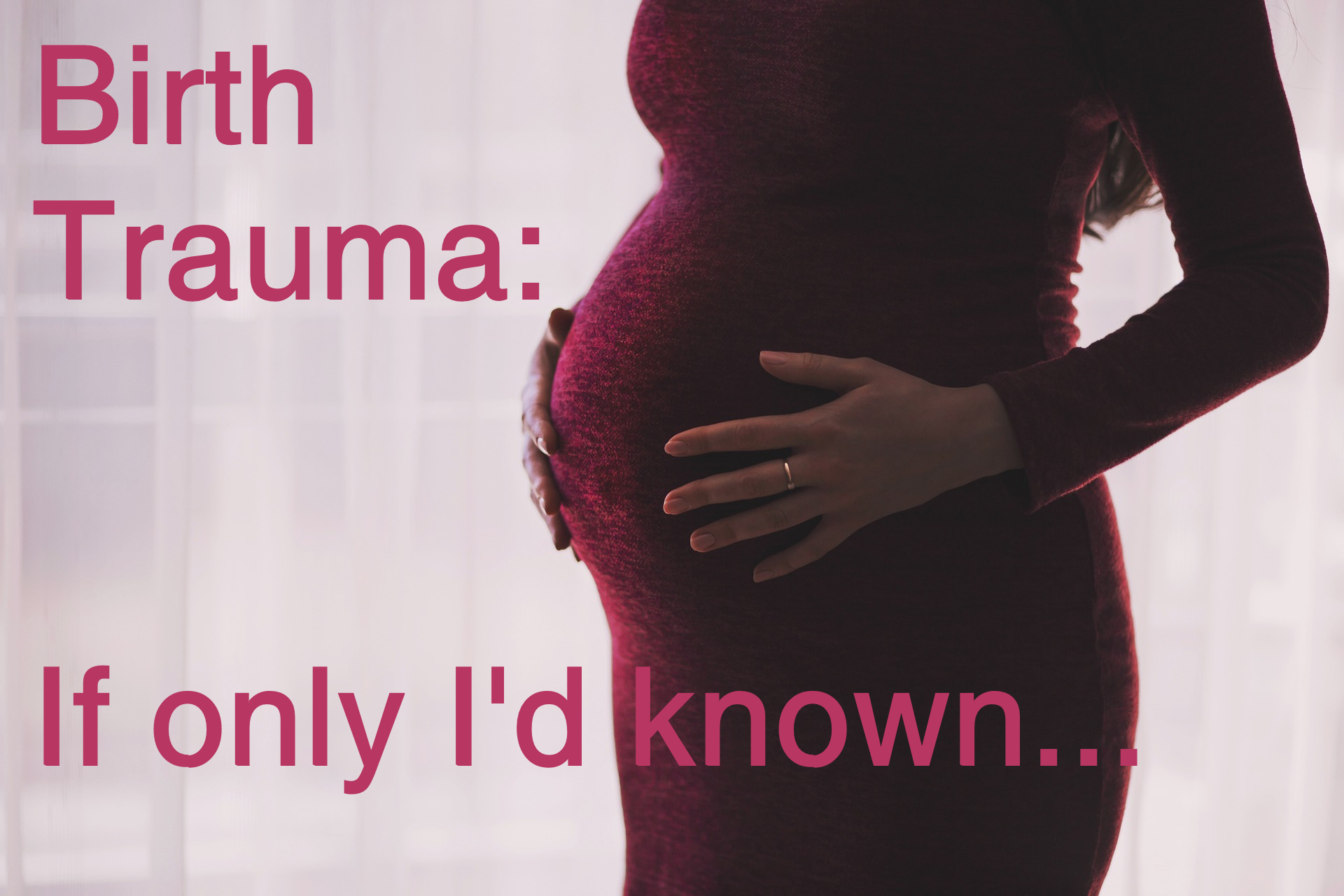Birth Trauma: Part 2 of 3
Friend, Flight, Fight, Freeze, Flop? Anne Marie McKinley (a Midwife and Birth Trauma Specialist) now takes us through the why and how in her fifth instalment in this series.
The Trauma Response and Childbirth
Bessel van der Kolk has spent over 30 years training psychotherapists to work with psychological trauma. Taken from the 28th Annual International Trauma Conference:
For almost three decades this conference has examined the evolving knowledge of how trauma affects psychological and biological developmental processes, and how the damage caused by trauma and neglect can be reversed. 1
We live in a world where teachers, more frequently, educate small children in the skills of mindfulness and self-regulation early in their little lives. However, many adults will often only find this need to engage in such activities when they are pregnant. They may participate in pregnancy yoga or be offered pregnancy hypnotherapy. When things go wrong in the birth journey, it is gratifying when women and men (who seek counselling after the event) are already familiar with some self-regulation techniques. It can add to their confidence in trauma processing. This raised awareness often equips them to understand, process and grasp how the events of the birth experience have shifted their centre.

I fully recognise that men, and birth partners, are frequently traumatised by birth too. In this writing I am specifically referring to women and their birth journey.
Women often come slowly to recognising that something is actually wrong with them after a traumatic birth experience. This isn’t good news because research demonstrates that the longer trauma symptoms are tolerated, the less likely they will be to seek help. ‘Symptomatic avoidance is known to strengthen with time after a trauma. This may increasingly become a barrier to seeking treatment.’ (Brewin, et al. (2010) and Shalev, et al. (2011)) 2,3 For a mum with a new baby, bewildered by the change in her psychological wellbeing, this status quo will have implications in her relationship with her partner, with her baby or children and possibly also in her greater social circle. This is truly sad. In an appropriate counselling environment, in the right hands, just a few sessions can restore much of her inner core and start to lead her to her own normality, post trauma.
One of the biggest questions that arises is “Why?”
Why did nobody, ever… tell me this could happen? How come you (the therapist) know about this and I don’t? Why? is a very valid question. I came very late in my career to recognising that these were not isolated incidents. Women are frequently left with psychological scars from their experiences in childbirth. These hidden places may be taken later in her life to a GP and potentially diagnosed as anxiety. Relief perhaps in medication, but not yet in processing the original trauma response.
Another question is “How does this happen?”
I will answer this here in a simple version of why and how the trauma response is stimulated and when unprocessed can continue to cause symptoms.
Everyone has heard of the ‘fight or flight’ response. We normally associate the demonstration of how this works as it relates to a very ancient system when we needed to respond in certain situations by knowing if we should fight or run.
It’s perhaps not the best analogy as really neither of these options, practically speaking, are available to a woman in labour. There’s a lot of energy being used up in a body when there is an engagement with physical aggression or running away. Strapped to a bed, bewildered by the intensity of fear, perhaps in pain and worried for her baby, a woman’s system is much more likely to take another of the 5 options available. These processes may also have positive effects. In a natural way, she may engage fight or flight to mobilise her inner strength in her labour.

Friend, Flight, Fight, Freeze, Flop
These are five reactions to trauma. It must be said, this happens in .07 of a second. It isn’t a conscious choice. One is friend. In a space where there are no words, the world slows down to a snail pace of activity in the brain; the brain accommodating fear and switching on a honing system. A woman is trained to look for safety since she was born herself, looking then into the eyes of her own mother and father for security in every new experience. Now she will scan the faces of those around her for signs that they have her. Have her baby. She is looking for eye contact and reassurance and if no one is able to provide this basic commodity she may retreat even further. This dissociation may have devastating consequences later as it wasn’t a choice. Moving into cognitive reasoning and deflecting depression may be her postnatal story. She may not bond with her baby. She may develop a significant loss of her natural energetic self.
Another response may be freeze. Freeze is common in abuse, or any situation of threat, where there is no out. The system responsible for the wellbeing of a baby, which is when a person decides that what is happening is too big, may require that decisions are made in a hurry. Caught between contractions, not necessarily understanding what has gone wrong, the woman may be flooded with a heroin type response. Immobility prevents further injury. Later this woman will feel ashamed for not having fought back, or known what was happening.
A fifth and more demoralising response may be faint or flop. In this state, for the woman, the higher functions may have shut down. Memory of the events may be hazy or not even exist. 4
If no one around knows what has happened (which is reasonable as this was not a choice but a reflexive choice made invisibly in the limbic system of the brain in tiny parts of seconds), it makes sense that when a woman develops PTSD or post trauma symptoms that she can’t trace what happened. She doesn’t have this language. This becomes more and more complicated because this trauma response may be activated many times before she leaves the hospital with her baby.
A Birth Journey Example
In one woman’s pathway she may have bled in early pregnancy. She may fear throughout the rest of her time carrying her baby that things may go wrong. She may be induced, and fear for her baby when a midwife repeats a CTG or trace of baby’s heart beat to be sure all is well. She might develop a temperature and find herself surrounded suddenly by 4 new people each rushing through a set of procedures to ensure we detect sepsis in time. Her baby’s heart may decelerate and then a rush to cesarean section or a rushed instrumental delivery may be how her baby is born instead of how this was imagined in anticipation for the nine months. Baby might be sick and need to go to the neonatal unit and she may miss those ‘never to be returned’ moments of bonding and connection. Anywhere, or for any one of these events, this trauma response may have activated many times.

This, even as a therapist, isn’t easy to recount. In these scenarios, much more than simple trauma work is obviously required. I am left hoping that women, who are affected, might read this and be pleased that they can relate to the language used to describe some possible scenarios. I also know that this may activate old memories and trauma responses. Please take care if this is true. Revisit the tools offered in previous parts of this series. Take care and resolve to heal. Approach a health professional for referral routes. The next piece will cover various trauma therapies.
References
- Psychological Trauma Neuroscience, Identity and the Transformation of the Self
- Brewin, C.R., Fuchkan, N., et al. (2010). Outreach and screening following the 2005 London bombings: usage and outcomes. Psychological Medicine. United Kingdom: Cambridge University Press. (page 1 of 9).
- Shalev, et al. (2011). Prevention of post-traumatic stress disorder with early treatment. Archives of General Psychiatry
- Adapted from ZEST for Life: Complex trauma and childhood sexual abuse training: 2019
A growing list of other support, weekly:
Part 6 → Trauma: It does not occur in isolation to the community of a traumatised individual
Bob Brotchie is a counsellor, mindset consultant and creator of "Conscious Living by Design"™. He writes for Anglia Counselling, is featured on various other websites and introduces us to many guest writers all covering topics related to mental health and wellbeing.
Bob provides bespoke counselling services to individuals and couples in the privacy and comfort of a truly welcoming environment at his Anglia Counselling company office, located near Newmarket in Suffolk, England. Bob also provides professional online counselling, for local, national, and international clients. The therapeutic models offered are bespoke to the client’s needs, especially those in receipt of 'childhood emotional neglect' (CEN), whilst integrating a mindful approach to psychotherapy and cognitive behaviour therapy (CBT) principles. For clients experiencing trauma and/or phobia, Bob offers EMDR (Eye Movement Desensitisation and Reprocessing).
